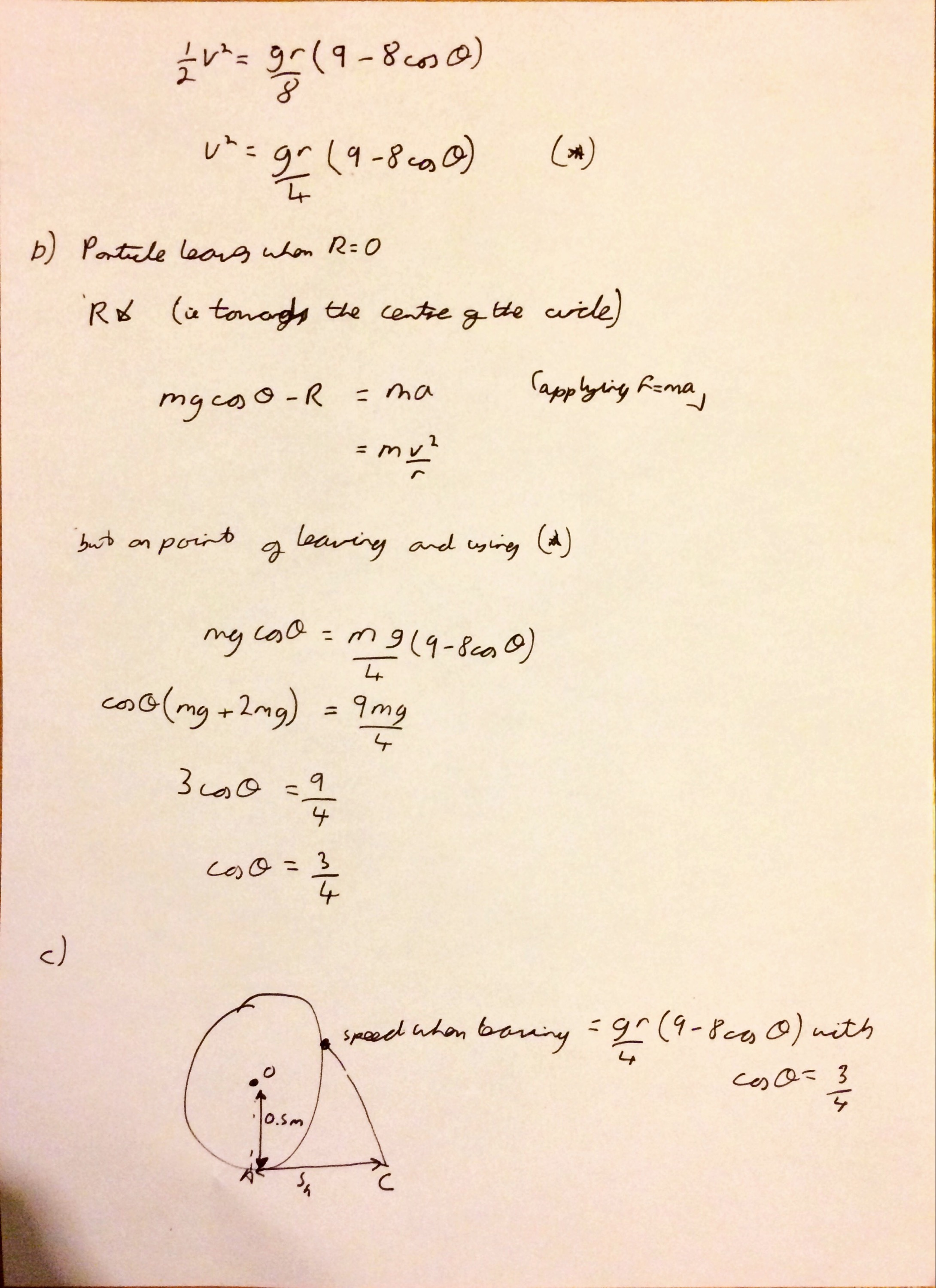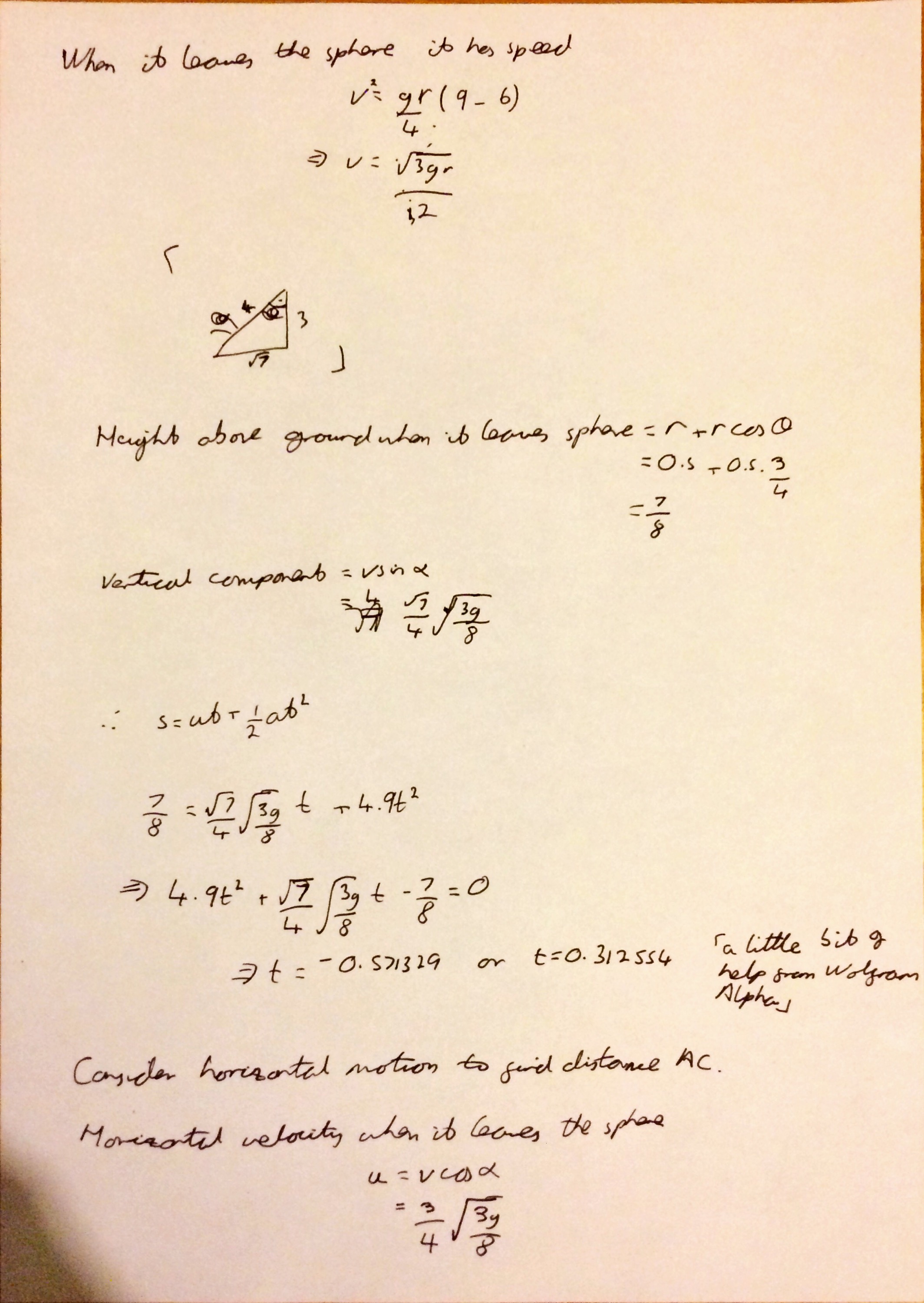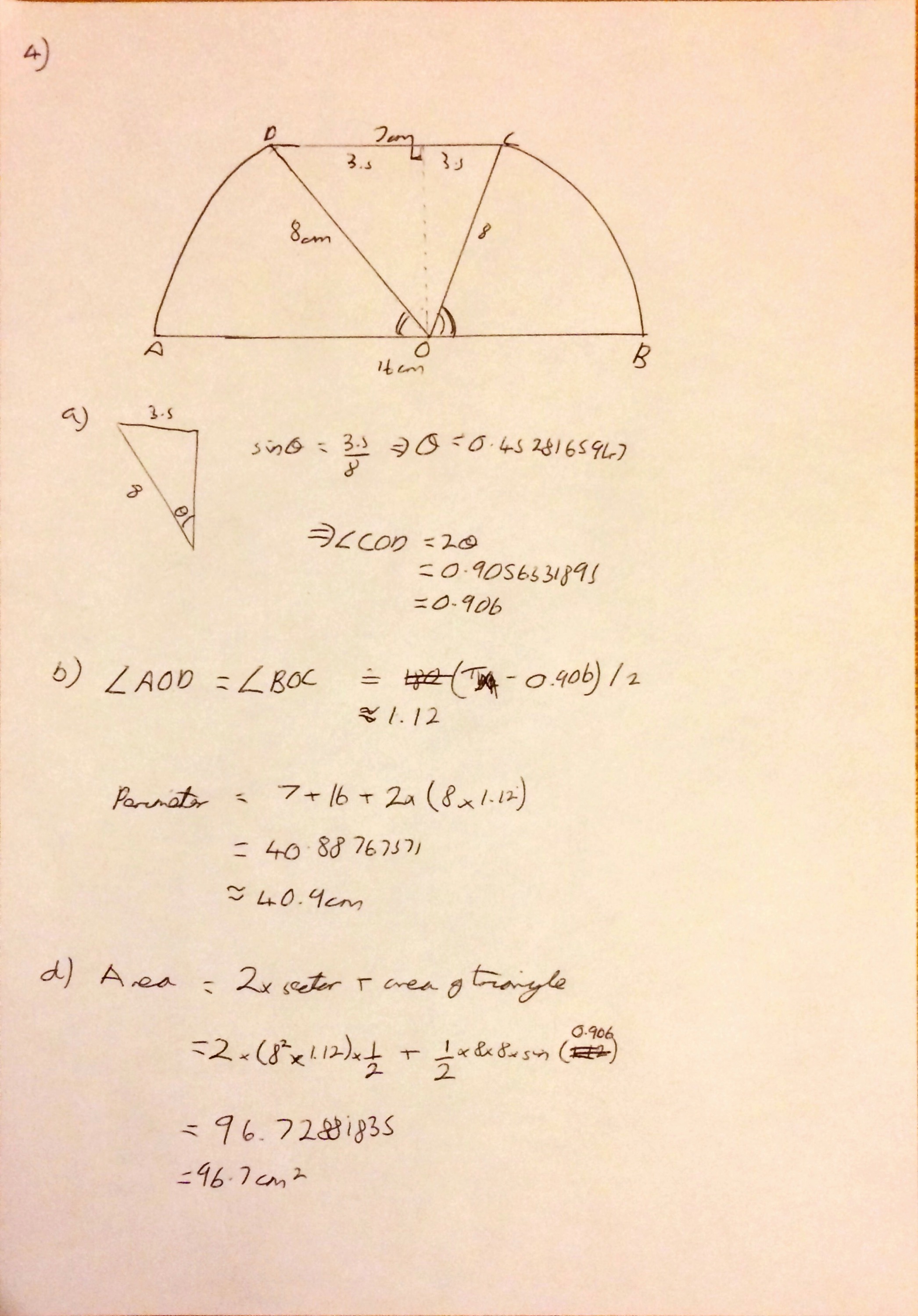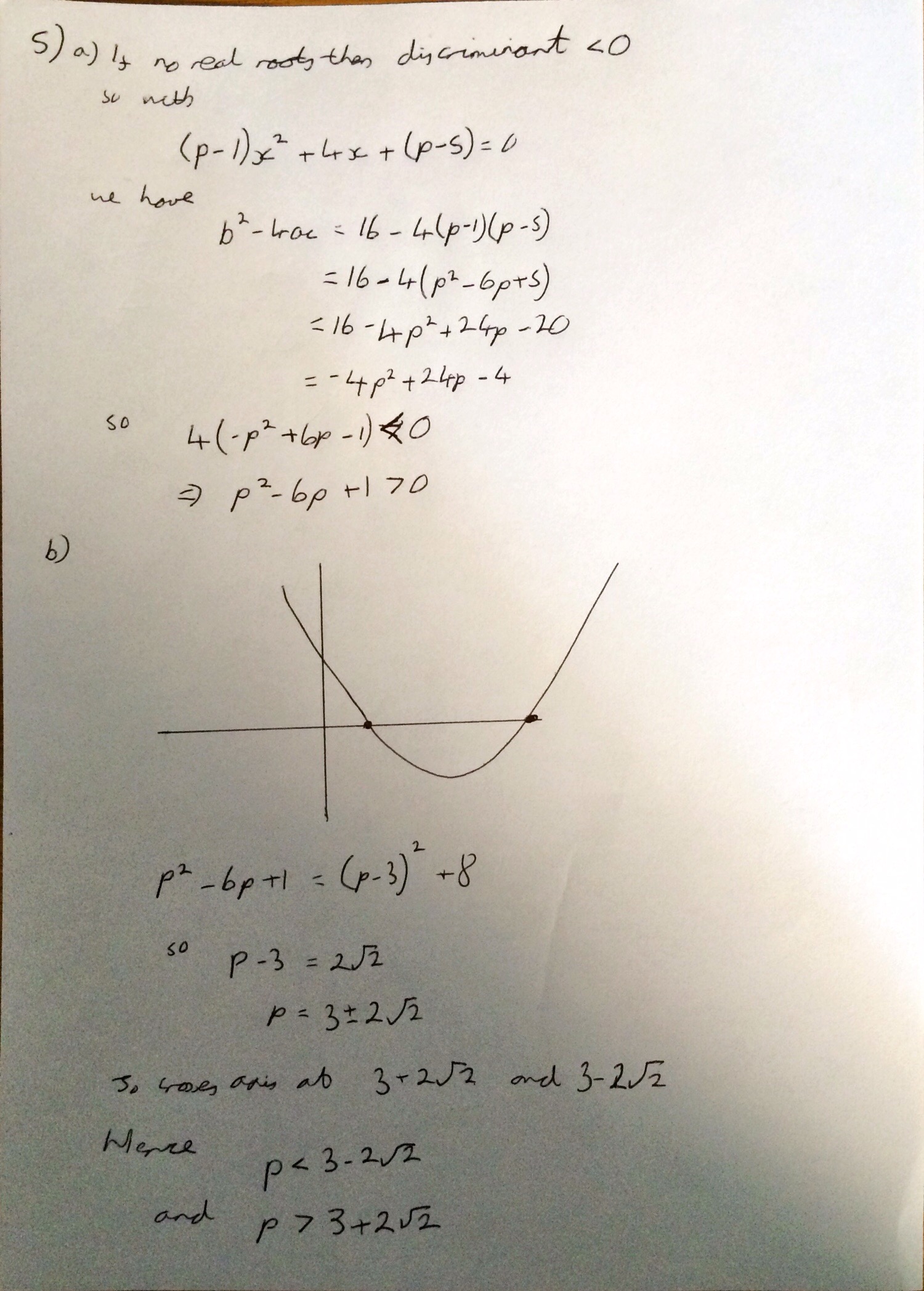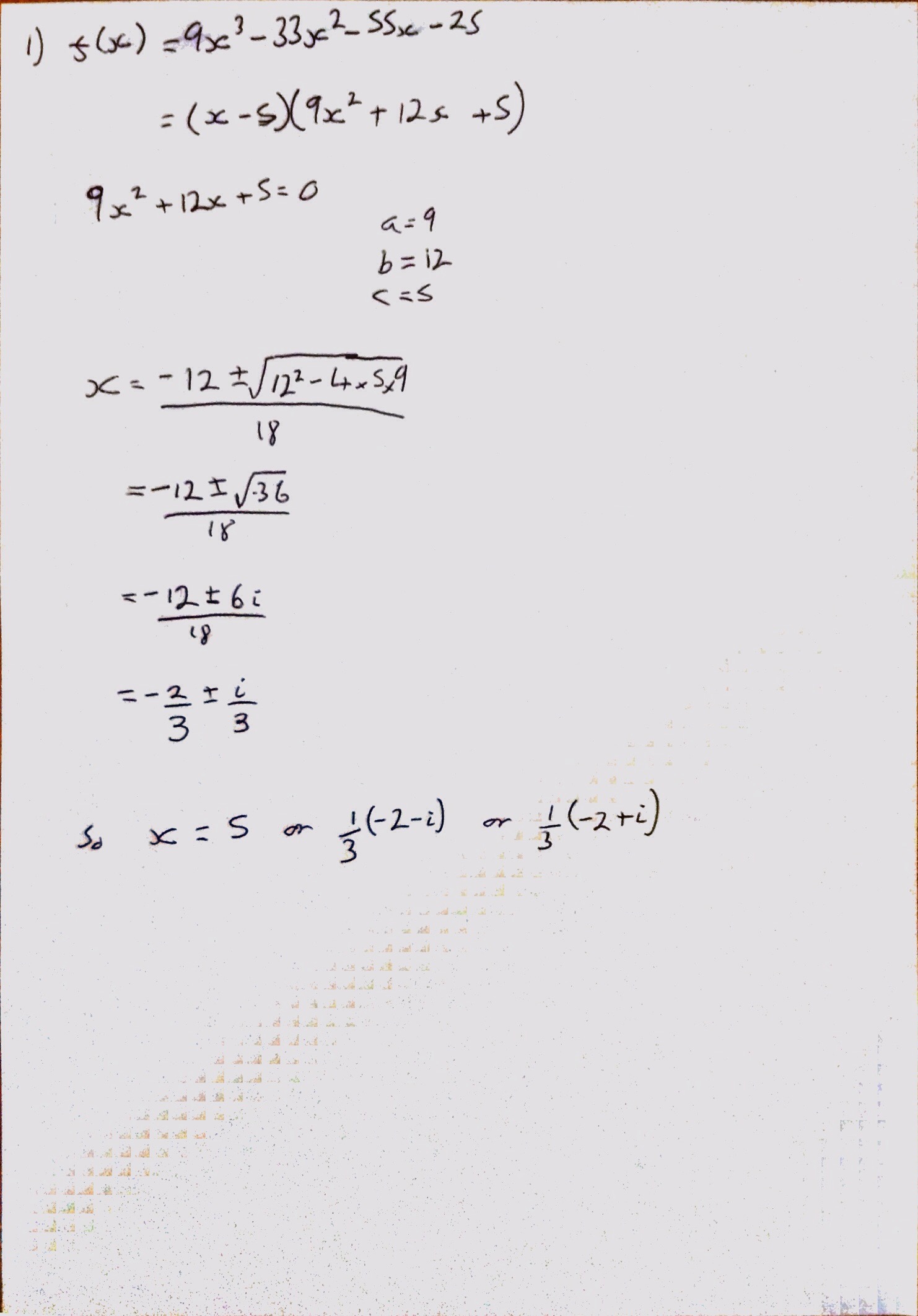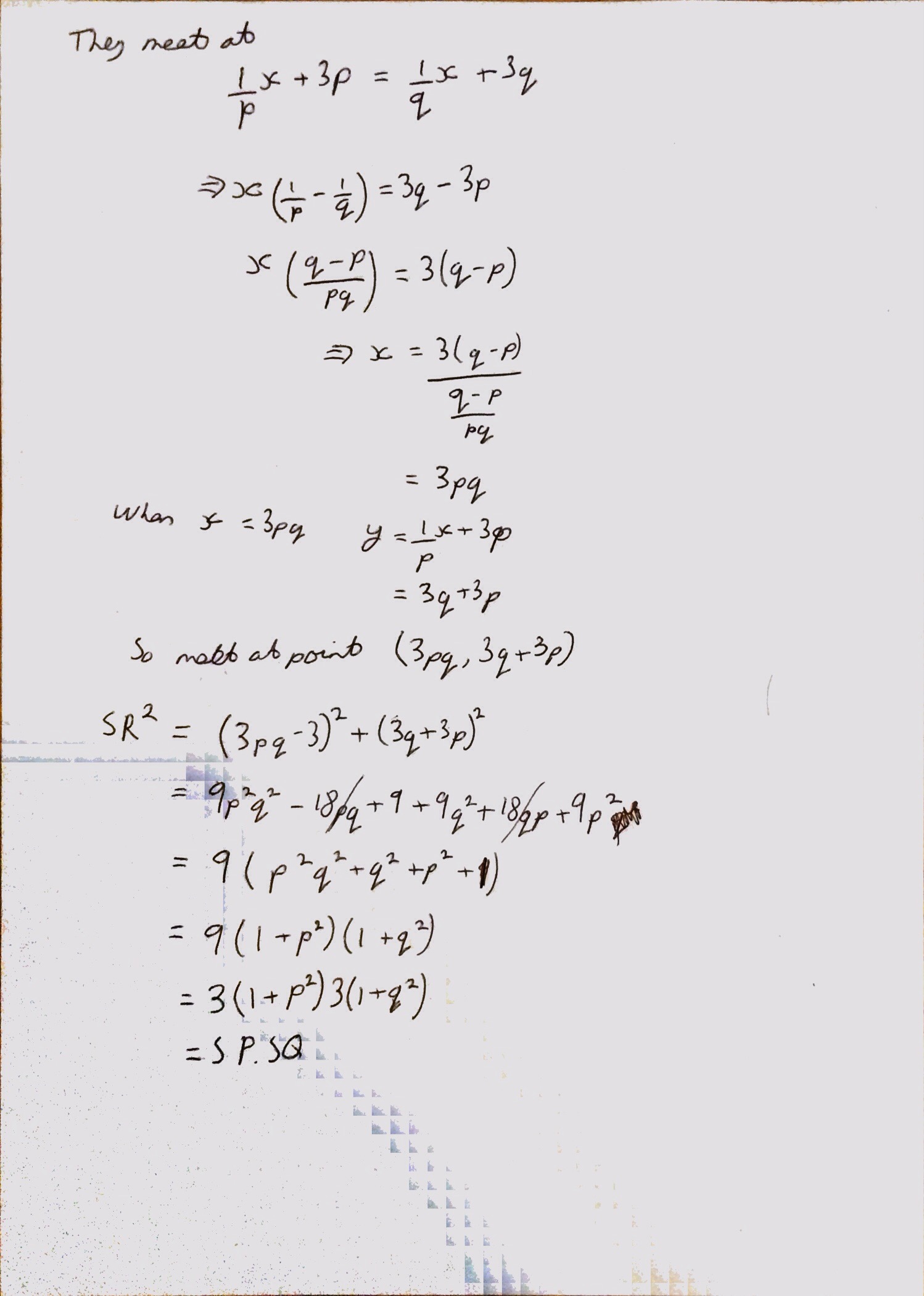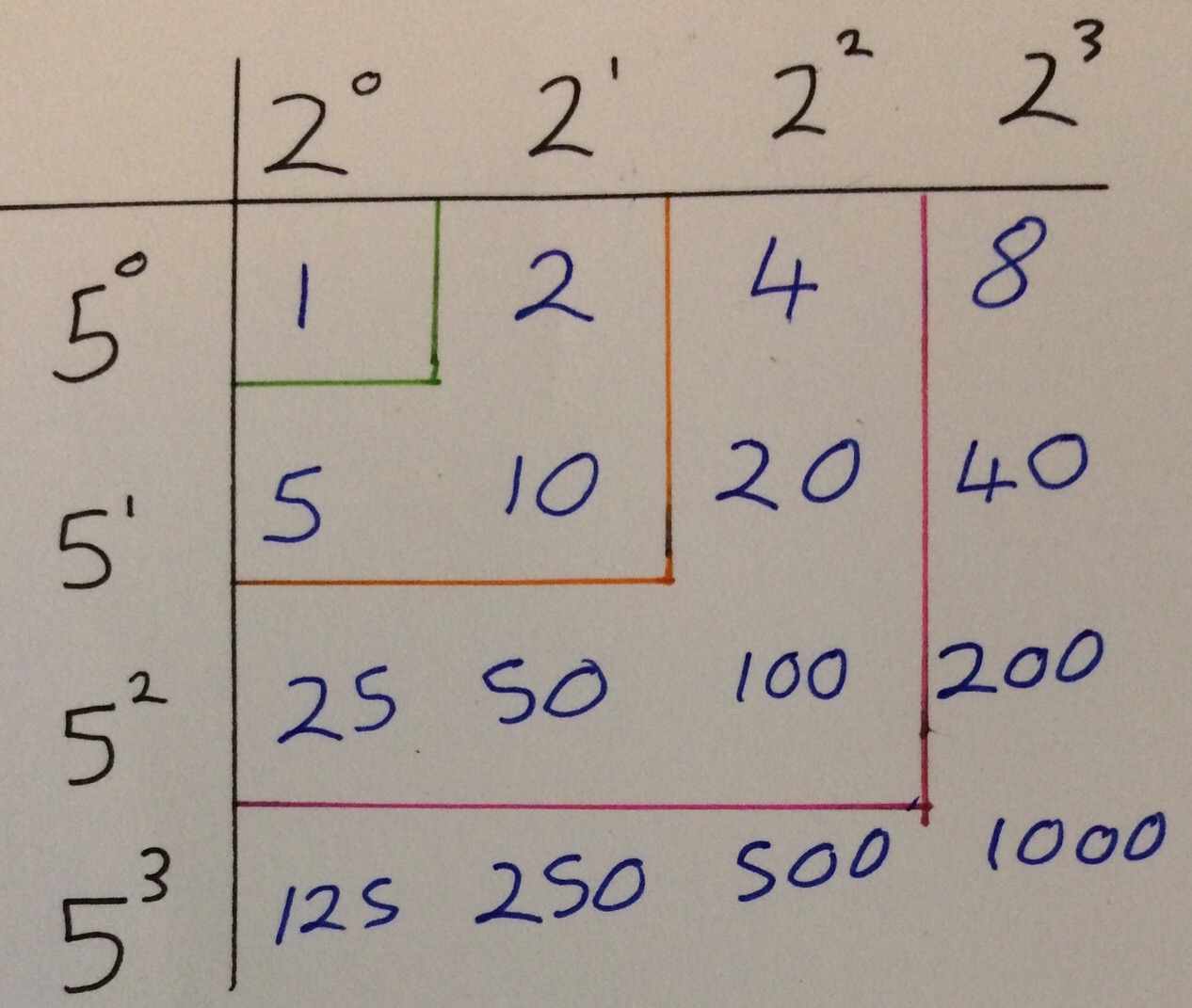Next year I am likely to be teaching Mechanics 3 to my further mathematicians and so I thought I should have a go at this years exam paper (1 person sat it at school so I had a copy of it). After seeing this video I was a little nervous as I hadn’t looked at this since I did my A Levels, however I didn’t find it too bad with a bit of help from my old A Level textbook:

Question 1 I thought was pretty straightforward – once I had refreshed my memory of how to calculate elastic potential energy it was just an energy conservation question. Please excuse that I have written Hooke without a capital letter. 
 Question 2 was nice, as long as you could remember how to find volumes of revolution, and then use this to find \(\bar{x}\)
Question 2 was nice, as long as you could remember how to find volumes of revolution, and then use this to find \(\bar{x}\)
For Question 3 I realised that sometimes I have no intuition with the mechanics questions. Even though it was asking you to find the tensions in each string I still expected them to come out equally – of course in hindsight this clearly wouldn’t have made much sense. The circular motion stuff came back to me quicker than I expected to be honest, and this question dropped out quite nicely.
Question 4 was a nice power type question, I thought it was very like an M2 question, just with the complication of non constant acceleration. I really like how the question required you to use the Trapezium rule. As a numerics guy I think how the numerical methods are presented at A Level is incredibly sad. The trapezium rule is great, and it could be used so much in the applied modules – students wouldn’t like being asked to use something from Core 2 in other modules though. I think I may have to write about the Trapezium rule…… 
Question 5 is a nice centres of mass of a 3D solid. It considers a spindle formed of two cones. In hindsight it would have made more sense for me to work out the Center of mass using moments from A instead of taking moments from B
I can remember loving questions like Question 6 when I did A level, and I still quite enjoy showing that a particle connected to two springs exhibits simple harmonic motion. Like many questions as long as you are comfortable with applying F=ma and solving simultaneous equations it is fairly straight forward.
The final question considers a particle moving on the surface of a sphere and uses conservation of energy and F=ma. I wouldn’t be surprised if some students forgot to add the horizontal distance moved whilst on the sphere in the final part. 










